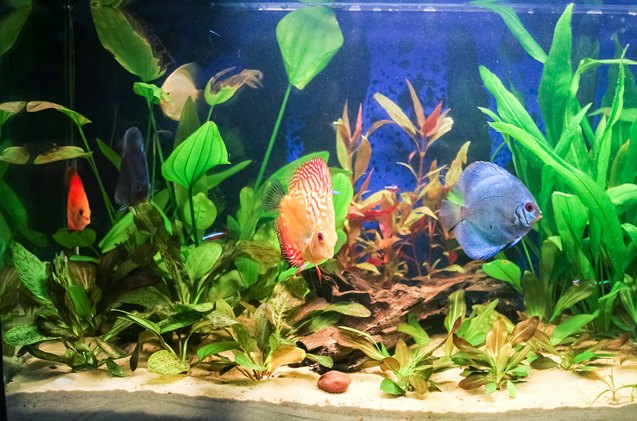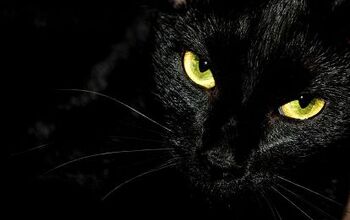Understanding the Basics of Freshwater Aquarium Lighting


What is the key to making your freshwater aquarium look its best? Proper tank lighting. Of course, having the right substrate, plants, and aquarium décor is also important but you won’t be able to see any of that if you do not have the right lighting in place. Before you go out and buy a lighting system for your tank, take the time to learn the basics about freshwater aquarium lighting.
The Purpose of Tank Lighting
The first thing you need to know about freshwater aquarium lighting is the purpose it serves in your tank. If you have a standard fish-only aquarium, the main function of your tank lighting is simply for illumination. Having the right lighting will bring out the coloration in your fish, helping them to look their best. If you have a planted tank, lighting serves a much more important purpose – it provides the plants with the energy they need to maintain the process of photosynthesis. This is the process through which plants convert light into energy to fuel their growth. Without proper lighting, your aquarium plants will not grow.
Related: Top 5 Invertebrates to Hire For Your Freshwater Cleanup Crew
How Much Lighting do You Need?
The amount of lighting you need in your freshwater aquarium will depend on the type of tank you intend to cultivate. Again, lighting in a fish-only aquarium primarily serves the purpose of illumination. In most cases, an average of one to two watts per gallon should be sufficient. For example, a 20-gallon aquarium that houses fish only will be able to get by with a 40-watt standard fluorescent bulb. If you plan to grow aquarium plants in your tank, you will need at least double the amount of lighting as a fish-only tank – aim for at least 2 watts per gallon, but ideally closer to 5 watts per gallon. For the same 20-gallon tank, this would equate to two 50-watt compact fluorescent bulbs or one 100-watt bulb. These are just examples – aquarium lighting comes in a variety of wattages depending on the type.
Related: Tips for Keeping Your Aquarium Water Quality High
Best Types of Lighting for Beginners
In addition to thinking about the amount of lighting you need in your tank, you also have to think about what type of lighting is best. Standard fluorescent bulbs are a good option for fish-only tanks because they provide adequate illumination without producing a lot of heat. For planted tanks, compact fluorescent or VHO (very high output) fluorescent bulbs may be a better option. Keep in mind that these types of lighting produce more heat than standard fluorescents, so you may need an auxiliary fan. For very deep or heavily planted tanks, metal halide lighting systems are a good option – these too require a fan or chiller.
Once you’ve chosen the right lighting system for your tank you then need to think about what kind of bulbs you are going to use. One thing you need to consider, of course, is the wattage – this will be determined by the type of tank you have. Standard fluorescent bulbs generally only go up to 40 watts while compact fluorescents range from 10 to 130 watts. VHO fluorescents range from 75 to 165 watts and metal halide bulbs can go up to 1,000 watts. In addition to the wattage, you also need to think about the type of lighting. Full-spectrum bulbs are designed to imitate natural sunlight and they are generally the best choice for freshwater aquariums, especially planted tanks. If you have a fish-only tank you can get by with a color-enhancing bulb that produces light from the warmer end of the lighting spectrum to enhance the appearance of your fish.
Now that you know the basics about freshwater aquarium lighting you will be better equipped to choose a lighting system for your own tank. Remember, lighting requirements are different for planted tanks than for fish-only tanks, so decide what kind of tank you intend to cultivate before you start shopping for lighting.

Kate Barrington is the loving owner of two cats (Bagel and Munchkin) and a noisy herd of guinea pigs. Having grown up with golden retrievers, Kate has a great deal of experience with dogs but labels herself a lover of all pets. Having received a Bachelor's degree in English, Kate has combined her love for pets and her passion for writing to create her own freelance writing business, specializing in the pet niche.
More by Kate Barrington























